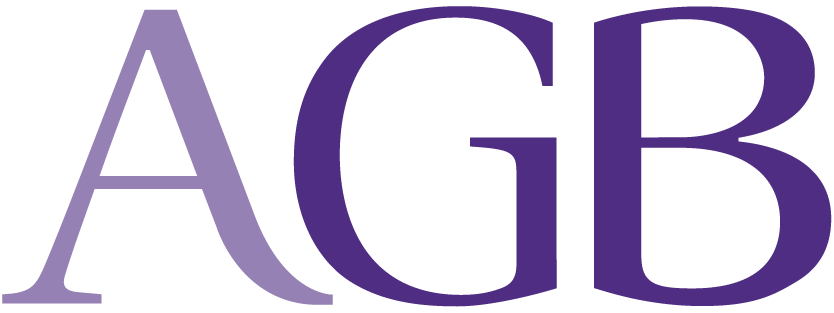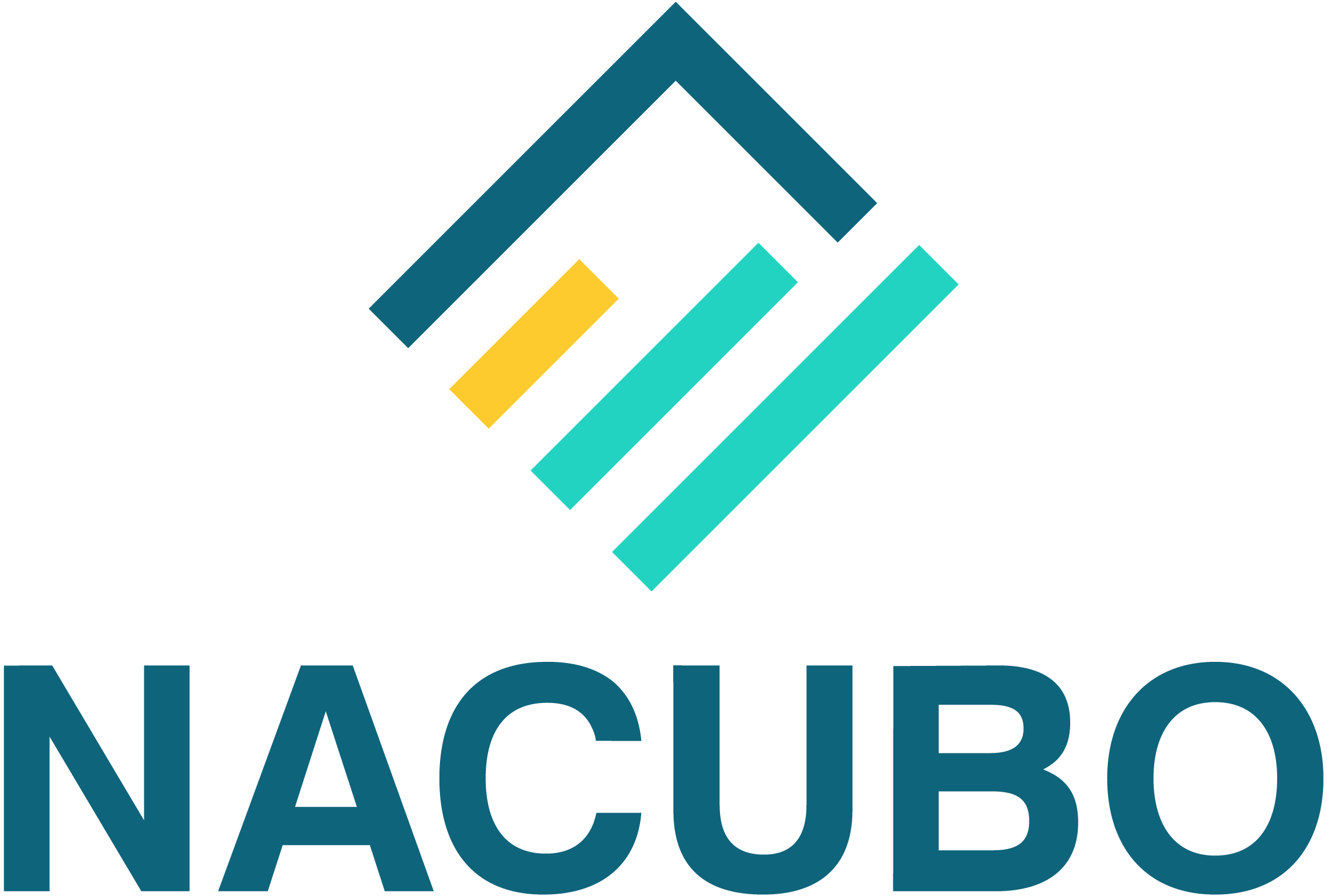Boardroom Conversations:
Do We Have a Working Knowledge of Our Business Model?
While judging the resiliency of an institution’s governance structure to deal with the economic and political dislocation is a prerequisite in today’s higher education climate, comprehending the properties of its business model and how it may need to evolve in the face of changing market conditions is essential to not only leading an institution, but also managing successful institutional transformation when that is required.
Eric Denna’s review article, “The Business Model of Higher Education,” in EDUCAUSE (March 24, 2014), offers a methodology to undertake such an analysis by proposing a series of questions that governing boards and presidents need to be asking themselves, in consultation with other administrative leadership, related to understanding “where the institution is today, but more importantly where it is headed.”1 The questions Denna poses very much align with the Baldridge Excellence Framework for educational institutions–that is, a focus on an organizational assessment of leadership, strategy, customers, measurements, analysis and knowledge management, workforce, operations, and results.2 In both cases the answers to the questions (provided by board members, the CEO, and cabinet members) seek to empower the institution with the ability to achieve its long-term goals, improve its operating results, and become more market competitive through a reimagining of the institutional business model.
For Denna these conversations are important not only to define how an institution’s business model may be evolving in response to changing market dynamics, but also, to help facilitate finding a viable path forward when staying the course may no longer be a realistic option. Understanding who their students are, where they are from, what their educational goals and objectives are, how they learn, and how the answers to these questions affect an institution’s value proposition and revenue base, are all essential to protecting an institution’s long-term sustainability.
By engaging the broader institution in seeking to answer these questions, leadership in a very transparent way can begin to accurately define if and how the underpinnings of the institution’s business model are changing—that is, leading the institution in a new direction. Leadership can assess whether the changes taking place align with the institution’s core mission and purpose or represent a significant divergence. It is also possible, with this information, for leadership to succinctly explain how any new programs, proposed lines of business or alternative business strategies supporting the long-term sustainability of the institution’s business model are compatible with its stated mission and purpose.3
Yet the most important benefit for leadership may be the ability to instill stakeholder confidence through transparency and by demonstrating that the institution has the capacity and tools required to implement the changes deemed necessary to meet the immediate set of challenges. Trust can be won by engaging in an inclusive process. Without this level of understanding and confidence, uncertainty exists, and the required trust to draft a plan to effect change becomes that much harder to earn.
1 Eric Denna, “Viewpoints: The Business Model of Higher Education” EDUCAUSE Review, Volume 49, no. 2 (March/April 2014).
2 National Institute of Standards and Technology, Baldridge Performance Excellence Program; created September 24, 2019, updated April 19, 2021, https://www.nist.gov/baldrige/core-values-and-concepts.
3 NACUBO has developed a tool, the Economic Models Project Journey, to assist chief business officers and other college and university leaders in engaging in the critical, and sometimes difficult, discussions at their institutions about their current and future economic models. For more information, visit https://www.nacubo.org/leadership-initiatives/economic-models-project.
Related Resources
Hossler, Don and Jerome A. Lucido. Understanding Enrollment Management: A Guide for College and University Board Members. Washington, D.C.: Association of Governing Boards, 2020. https://agb.org/product/understanding-enrollment-management/.
National Association of College and University Business Officers. Economic Models Project Journey. https://www.nacubo.org/leadership-initiatives/economic-models-project.
National Institute of Standards and Technology. Baldridge Performance Excellence Program. https://www.nist.gov/baldrige/core-values-and-concepts, created September 24, 2019, updated April 19, 2021.
Reishus, Sharon. “From the Board Chair: The Existential Crisis Among Small Private Colleges is Nearly Here.” Trusteeship Volume 29, Number 6 (November/December 2021). https://agb.org/trusteeship-article/from-the-board-chair-the-existential-crisis-among-small-private-colleges-is-nearly-here/.
Walsh, Tim, Jaime Ontiveros, and Robert Spencer. “Building a More Sustainable Financial Model for Colleges and Universities.” Trusteeship Volume 30, Number 4 (July/August 2022). https://agb.org/trusteeship-article/building-a-more-sustainable-financial-model-for-colleges-and-universities/.








